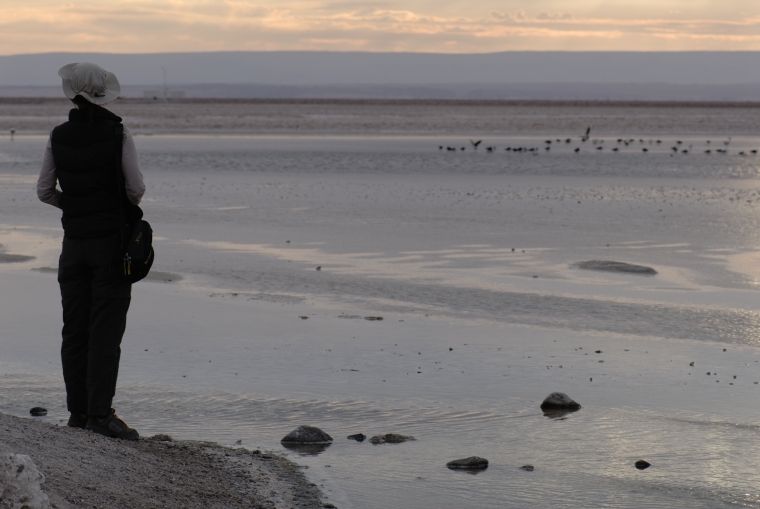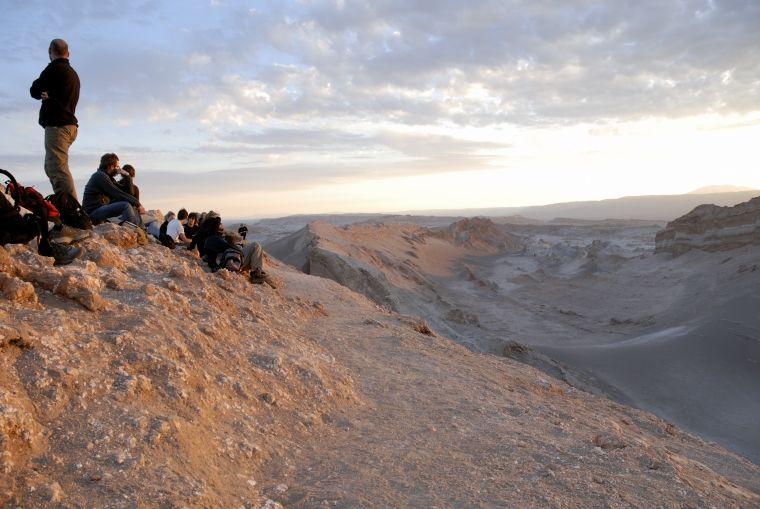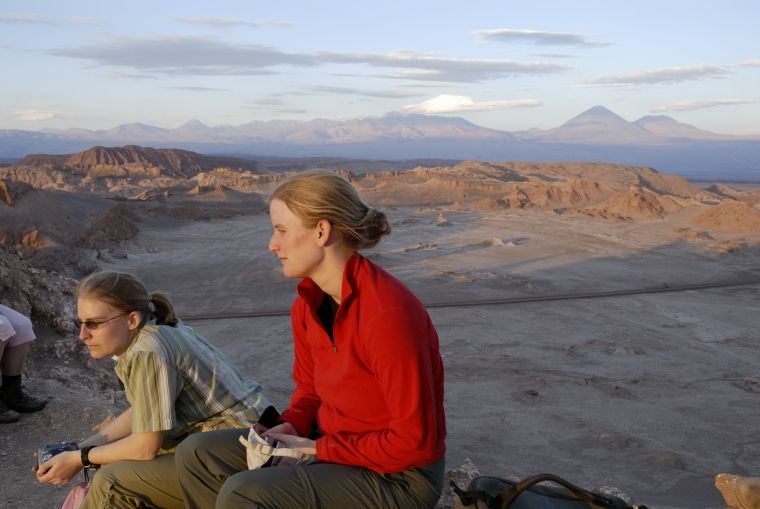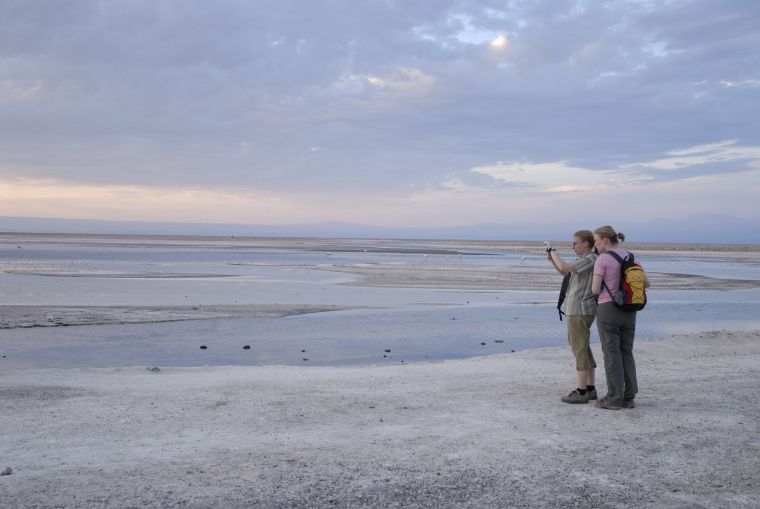HISTORY OF SAN PEDRO DE ATACAMA
San Pedro de Atacama was the birthplace of the Atacama people, creators of the Culture of San Pedro which was developed in the area over 11,000 years ago. This village is spread across the Highlands and Atacama Desert, establishing itself especially in the oasis like San Pedro.
In this territory the agriculture was developed, making crops with a terrace system on the slopes of the mountains, fertilizing the soil with Llama guano. They harvested quinoa, figs, pumpkins, corn, cotton, beans and potatoes, among other vegetables. They also devoted themselves to livestock, domesticating alpacas and llamas, from which they obtained milk and meat, as well as means of transportation.
Another particular feature was the development of painted pottery, basketry, weaving, wood carving and works with bronze and copper.
When the Inca Empire came to their land, they adopted their customs and pukaras were constructed, which are great walls around the city, as a form of protection, as well as sun worshipping.
In 1963 The Archaeological Museum of San Pedro de Atacama was inaugurated, with a collection of objects that they managed to collect from the Atacama people, including ceramics, textiles, metals, and even mummies.







